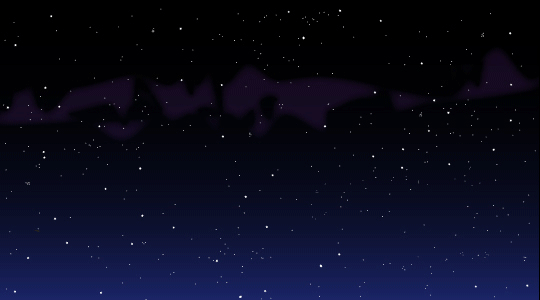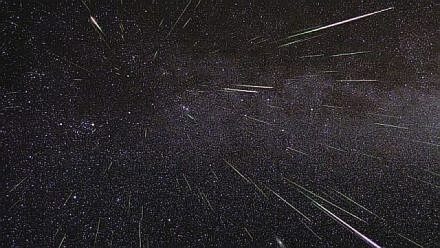
(Photo courtesy of NASA)
How to “catch” a falling star? Go outside somewhere without a distracting light, Dress for the weather and be patient.
One of the oldest known meteor showers, the Lyrids, will be peaking tomorrow on Earth Day. Best is to watch for them late Monday night and very early Tuesday morning.
They tend to average about 18 per hour but have been known to shoot out as many as 100 meteors per hour. However, the moon which is almost full, now, might make the meteors harder to catch.
These meteors are very bright but they move fast. Their velocity is 29 miles (47 kilometers) per second.
The Lyrids started about April 15 and will last until April 29 but the highest number will be seen shooting across the sky before dawn, April 23.
First reported by the Chinese in 687 BC, the Lyrids’ radiant is Constellation Lyra with C/1861 G1 Thatcher as its comet of origin.
For more information visit EarthSky, NASA Science and Space.



